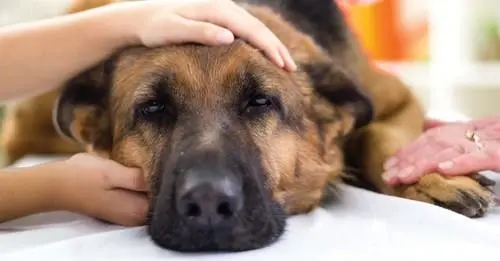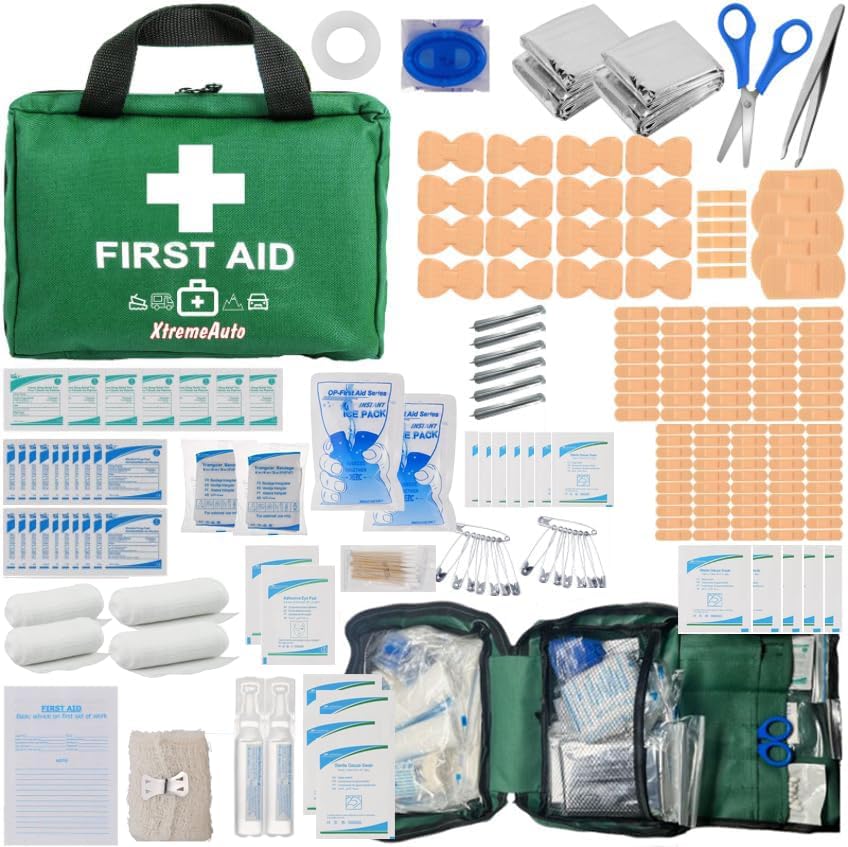
As a dog owner, ensuring the safety and well-being of your furry friend is one of your most important responsibilities. While we hope to never encounter an emergency, knowing dog first aid can be a lifesaver. This comprehensive guide will cover everything you need to know about dog first aid, from basic techniques to emergency preparedness.
Thank you for reading this post, don't forget to subscribe!Why Dog First Aid is Important
Accidents happen, and when they do, being prepared can make all the difference. Dog first aid equips you with the knowledge and skills to handle common emergencies and stabilize your pet until you can get to a veterinarian.
Key Reasons to Learn Dog First Aid
- Immediate Response: Provides the ability to act quickly in an emergency.
- Prevents Further Injury: Helps to prevent the situation from worsening.
- Peace of Mind: Knowing you’re prepared can reduce panic and stress.
Essential Dog First Aid Kit
Having a well-stocked first aid kit is the first step in being prepared. Here’s a list of essential items to include:
Basic Supplies
- Bandages and Gauze: For wrapping wounds and controlling bleeding.
- Adhesive Tape: To secure bandages.
- Antiseptic Wipes: For cleaning wounds.
- Hydrogen Peroxide: To induce vomiting if advised by a vet.
- Tweezers: For removing splinters or ticks.
- Scissors: For cutting bandages.
- Gloves: To keep everything sterile.
Medications and Treatments
- Antibiotic Ointment: To prevent infection.
- Eye Wash Solution: For flushing out irritants.
- Styptic Powder: To stop minor bleeding.
Additional Items
- Blanket: To keep your dog warm if they’re in shock.
- Muzzle: Even the gentlest dog can bite when in pain.
- Emergency Contact Numbers: For your vet and local animal hospital.
Common First Aid Situations and How to Handle Them
Cuts and Scrapes
- Clean the Wound: Use antiseptic wipes or a saline solution.
- Apply Pressure: Use gauze to control bleeding.
- Bandage the Area: Secure with adhesive tape, but not too tightly.
Choking
- Check the Mouth: Carefully open your dog’s mouth to see if you can remove the object.
- Perform the Heimlich Maneuver: If necessary, use your hands to apply pressure just below the ribcage.
- Seek Immediate Help: Get to a vet as soon as possible.
Heatstroke
- Move to a Cool Area: Immediately get your dog out of the heat.
- Cool Down: Use cool (not cold) water to wet their fur.
- Hydrate: Offer small amounts of water.
- Monitor and Seek Help: Watch for signs of improvement and contact your vet.
Recognizing Signs of Distress
Understanding the signs that your dog is in distress can help you act quickly.

Symptoms to Watch For
- Excessive Panting or Drooling: Could indicate heatstroke or poisoning.
- Lethargy or Collapse: May signal shock or serious injury.
- Vomiting or Diarrhea: Could be a sign of poisoning or gastrointestinal issues.
- Pale Gums: Often indicate shock or blood loss.
Personal Anecdote
During a hiking trip, my friend Lily and her Golden Retriever, Max, faced an unexpected emergency. Max was running through the grass when he suddenly yelped in pain. Lily discovered that Max had cut his paw on a piece of glass. Although she was nervous, Lily remained calm and quickly took out her dog first aid kit. She cleaned the wound with water, used antiseptic wipes, and then bandaged it with gauze and adhesive tape. This prompt action prevented the injury from becoming infected and allowed them to reach a vet in time for further care. This experience convinced me to always carry a dog first aid kit and to learn basic first aid skills.
CPR for Dogs
Knowing how to perform CPR on a dog can save lives. Here’s a basic outline:
Steps to Perform CPR
- Check for Breathing and Pulse: If none, proceed to CPR.
- Positioning: Lay your dog on their right side.
- Chest Compressions: Compress the chest at a rate of 100-120 per minute.
- Rescue Breaths: Every 30 compressions, close the dog’s mouth and breathe into their nose twice.
Emergency Preparedness
Being prepared for emergencies is key to effective dog first aid.
Create an Emergency Plan
- Know Your Vet’s Hours and Contact Info: Have it easily accessible.
- Identify Nearest 24-Hour Animal Hospital: Know how to get there quickly.
- Have a Transport Plan: Ensure you have a way to transport your dog safely in an emergency.
Preventive Care
Preventing emergencies is just as important as being prepared for them.
Regular Check-Ups
- Vet Visits: Regular check-ups can catch potential issues early.
- Vaccinations: Keep your dog’s vaccinations up to date.
Home Safety
- Secure Hazardous Items: Keep harmful substances out of reach.
- Pet-Proof Your Home: Ensure your home is safe and secure for your dog.
Conclusion
Knowing dog first aid is an essential part of being a responsible pet owner. By understanding basic first aid techniques, keeping a well-stocked first aid kit, and being prepared for emergencies, you can ensure the safety and well-being of your furry friend. Remember, the best care is preventive care, so keep your dog healthy and happy with regular check-ups and a safe home environment.
Investing time in learning dog first aid is a small price to pay for the peace of mind it brings, knowing you’re ready to help your pet in any situation. Whether it’s a minor scrape or a more serious emergency, being prepared can make all the difference in your dog’s health and happiness.
